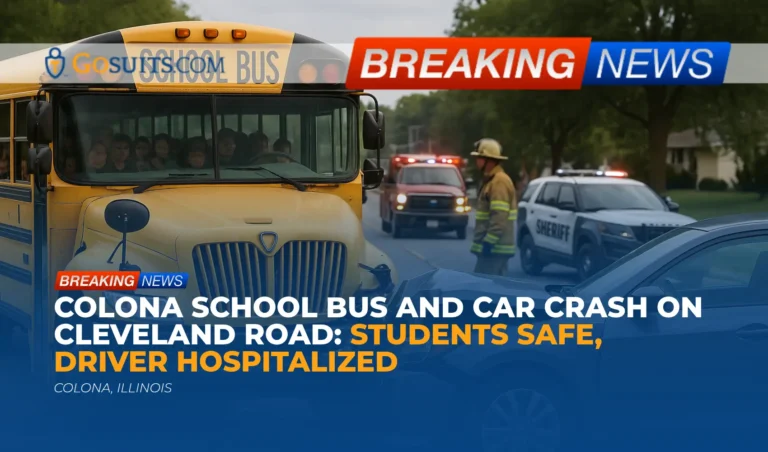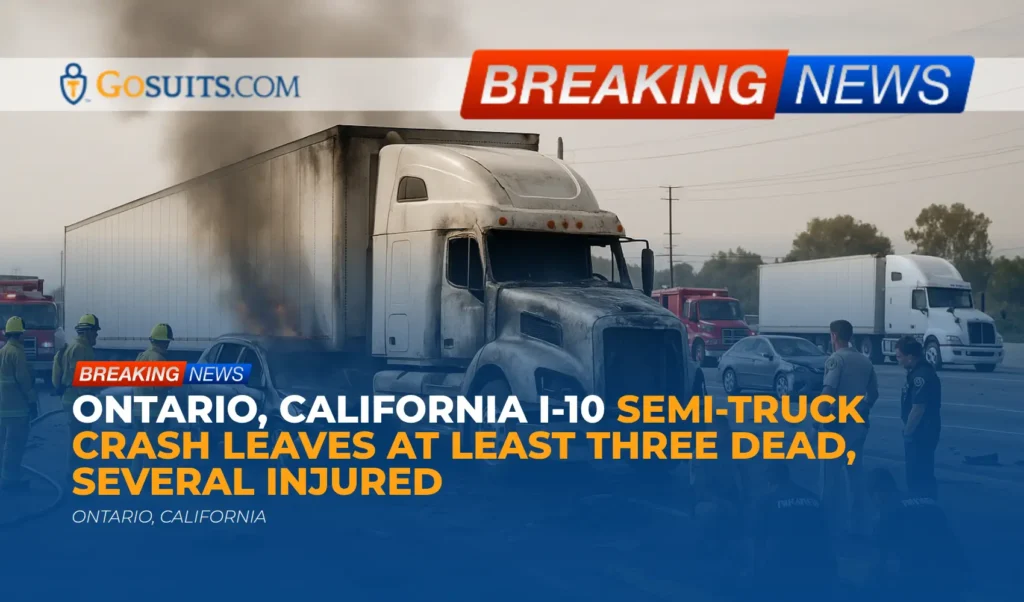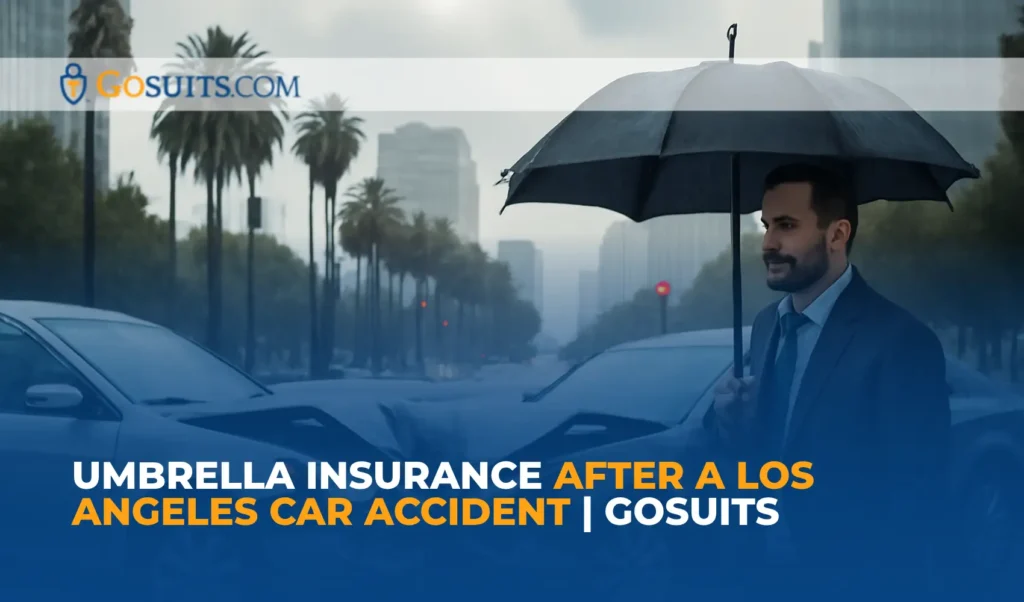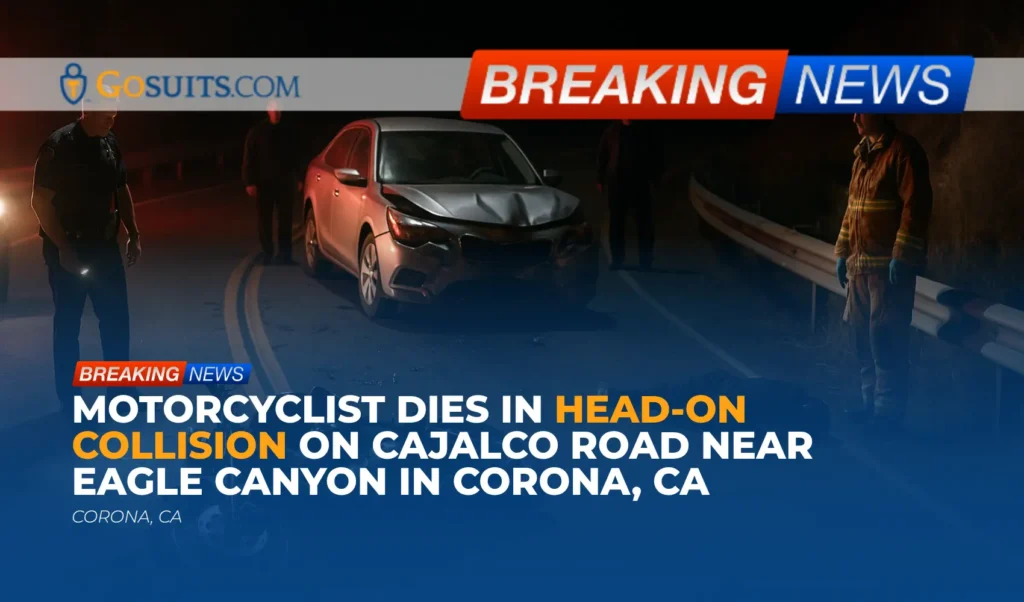- What we know about the Colona school bus and car crash
- Immediate safety steps taken at the scene
- Who is involved and which agencies are handling the investigation
- Why school bus crashes are unique
- Potential civil liability pathways in an Illinois school-bus crash
- Rights and next steps for those affected
- Getting official records and information
- Insurance and claim considerations
- Illinois laws that often come up after school-bus collisions
- Safety lessons and community considerations
- What to do if an insurance company calls
- Helpful contacts and places to call in and around Henry County
- Commentary from Gosuits Colona, Illinois Personal Injury Attorney
- Why taking action soon matters
- Sources
What we know about the Colona school bus and car crash
On Monday afternoon in Colona, Illinois, a collision occurred between a school bus and a passenger car in the 1600 block of Cleveland Road. The crash happened around 3:45 p.m. According to officials, the incident is under investigation by the Henry County Sheriff’s Office. Firefighters assessed the 14 students on board and both drivers shortly after the crash. No injuries were reported among the students or the bus driver. The driver of the passenger car was transported to a local hospital with non-life-threatening injuries. As a precaution and to ensure a safe reunification process, the students were brought to the Colona Methodist Church parking lot for a second medical check and for parent or guardian pickup. By approximately 5 p.m., emergency crews had cleared the scene.
While many details are still under investigation, what is clear is that first responders prioritized student safety and calm reunification, and the involved car driver received prompt medical care. Further information will typically be available once the Henry County Sheriff’s Office completes its crash report.
Immediate safety steps taken at the scene
From the reported timeline, emergency personnel followed a careful, child-centered protocol designed to minimize additional risk and support families during a stressful event.
Key steps included:
- Rapid triage of all occupants by firefighters, including the 14 students and the two drivers, to identify any urgent medical needs.
- Medical transport of the car’s driver to a local hospital for evaluation and treatment of non-life-threatening injuries.
- Secondary medical evaluation and reunification at a nearby parking lot, which allows responders to reassess for delayed symptoms and ensures a safe, orderly pickup process by parents and guardians.
- Scene management and clearance, with law enforcement, fire, and EMS maintaining safety and traffic control until the scene was stable and the roadway could be reopened.
Even when students feel fine immediately after a crash, symptoms such as headaches, dizziness, or anxiety can appear later. Families often choose to monitor their children overnight and consult their pediatrician if anything changes.
Who is involved and which agencies are handling the investigation
The Henry County Sheriff’s Office is leading the investigation into the crash. Other responding agencies included local fire and EMS. The school district and bus operator, if separate from the district, will typically cooperate with investigators to provide driver qualifications, maintenance records, route information, and passenger rosters if needed.
In a collision like this, agencies commonly review:
- Statements from drivers, students, and independent witnesses.
- Crash scene evidence, including vehicle damage, final positions, roadway markings, and environmental conditions.
- Traffic controls in the 1600 block of Cleveland Road area and any known visibility concerns at that time of day.
- Vehicle data where available, such as any event data recorder information, maintenance logs, and recent inspection records.
When the investigation concludes, the crash report becomes an important document for insurance claims and for clarifying what is known about how the collision happened.
Why school bus crashes are unique
School buses are designed with robust safety features and a distinct operating environment. National highway safety authorities note that school buses are among the safest vehicles on the road for student passengers. Even so, any crash involving a bus can affect many families at once and requires careful triage and communication.
Public safety research highlights that:
- School buses provide a highly safe mode of travel. Federal safety data indicate students are many times more likely to get to school safely when using a bus rather than a car driven by a teen or adult. The bus’s size, visibility, professional driver training, compartmentalized seating, and regulated routes all contribute to this safety record.
- Risks often occur outside the bus, particularly during loading and unloading. That is why motorists must follow stop-arm laws and slow down in school zones.
These crashes are also distinct legally, because they may implicate public entities or contracted transportation companies, creating additional rules for claims, timelines, and available defenses.
Potential civil liability pathways in an Illinois school-bus crash
Every collision is fact-specific, and findings ultimately depend on the investigation and the evidence. In general terms, possible civil liability considerations in an Illinois school bus crash can include:
- Passenger car driver negligence. If the car driver failed to keep a proper lookout, drove too fast for conditions, or violated a right-of-way, that may form the basis for negligence.
- School bus driver negligence. If the bus driver made an unsafe maneuver, failed to yield, or did not maintain a safe following distance, fault may fall partly or wholly on the bus operator.
- Vicarious liability of the bus operator and school district. If the bus driver was acting within the scope of employment, their employer, whether a school district or private contractor, may be responsible for the driver’s negligence.
- Maintenance or equipment issues. If a brake failure, lighting defect, or other mechanical issue contributed, maintenance providers or parts manufacturers could be involved.
- Roadway conditions or traffic control devices. If the roadway was dangerously designed or marked, the responsible public body may be scrutinized. Claims against public entities can involve additional defenses and shorter time limits.
Importantly, when a public entity such as a school district is potentially involved, Illinois law imposes a shorter window for civil actions compared with many private-party injury claims. See the Tort Immunity Act timing provision referenced in the sources below.
Rights and next steps for those affected
Whether someone was in the passenger car or on the bus, taking clear, steady steps after the incident can protect health and preserve information.
For the injured passenger car driver
- Prioritize medical care. Follow through with emergency treatment and any recommended follow-up. Document symptoms and keep copies of test results, discharge instructions, and prescriptions.
- Preserve evidence. Save photos of the vehicles, roadway, and any visible injuries. Keep damaged property like child seats or personal items until an insurer or attorney reviews them.
- Start a recovery file. Track medical bills, mileage for treatment, time missed from work, and out-of-pocket expenses.
- Be cautious with insurance communications. Before giving a recorded statement or signing medical releases, consider speaking with a seasoned personal injury attorney. What is said to an insurer can be used later and may affect the claim.
For parents and guardians of students who were on the bus
- Monitor for delayed symptoms. Children can develop headaches, nausea, sleep disturbances, or anxiety hours after a crash. Seek pediatric follow-up if anything seems off.
- Request school and EMS documentation. Ask the school for any incident or nurse reports and confirm whether EMS took vitals on scene or at the church parking lot.
- Note changes in routine. Keep a brief journal of missed activities, school days, or behavioral changes that may help explain how the incident affected daily life.
- Avoid early recorded statements. If an insurance adjuster calls about your child’s experience, consult an attorney first. A brief, polite note that you are arranging counsel is usually sufficient.
For bystanders and witnesses
- Share contact information with investigators and provide any photos or video you captured at or near the time of the crash.
Getting official records and information
Obtaining official documents helps clarify what happened and supports insurance claims. In Illinois, different agencies maintain complementary records.
Police crash report
- Investigating agency. Request the report from the Henry County Sheriff’s Office records division. Ask for the report number, date, and location. If unsure of the process, the records unit can explain availability and any fees.
- FOIA for local records. If the report or supplemental materials are not readily available, Illinois’ Freedom of Information Act allows the public to request records from local public bodies, with certain exemptions for ongoing investigations and privacy. Guidance is published by the Illinois Attorney General. See the FOIA resources linked below.
School district and bus operator records
- Incident and transportation records. Parents or guardians may request relevant school incident logs or transportation communications. Public school records may be available under FOIA, subject to privacy laws that protect student information.

Medical and EMS records
- Hospital and EMS. Patients or parents of minor patients can request medical charts and EMS run sheets through the provider’s records or health information management department. Be prepared to present identification and, for minors, proof of parental authority.
Coroner records in serious or fatal cases
This incident fortunately did not involve fatalities. In general, if a crash results in a loss of life, autopsy and death investigation records are handled by the county coroner’s office. Families can call the county office for guidance on obtaining certified death certificates and available reports, recognizing that certain materials may be restricted during an active investigation.
Insurance and claim considerations
Insurance can be complex when a school bus is involved. Multiple policies may be in play, including personal auto coverage, commercial or public-entity policies for the bus operator, and possibly uninsured or underinsured motorist coverage. Consider the following:
- Third-party liability claims. If another driver is at fault, a claim is typically presented to that driver’s liability insurer. This includes claims for medical expenses, lost income, and non-economic harms recognized by Illinois law.
- First-party coverages. A person’s own auto policy may include medical payments benefits that can help with immediate medical costs, regardless of fault. Terms vary by policy.
- Public entity involvement. If a school district or other public body is potentially at fault, different timelines and immunities may apply. See the statute of limitations discussion below.
- Recorded statements and authorizations. Insurers may ask for recorded statements or broad medical authorizations early. It is generally prudent to consult an attorney before providing these, because statements and records can be used to minimize or dispute a claim.
- Preserving vehicle evidence. If a defect or maintenance issue is suspected, notify involved insurers in writing to preserve the vehicles and relevant data until an inspection can occur.
Illinois laws that often come up after school-bus collisions
Stopping for school buses
Illinois law requires motorists to stop for a school bus displaying its stop signal arm and flashing red lights, with limited exceptions depending on roadway configuration. Violations can cause serious risk during loading and unloading. The statutory framework is found in the Illinois Vehicle Code and is linked below.
Time limits to bring civil actions
- Personal injury claims. In many Illinois personal injury matters, the general limitations period is two years, measured from the date of injury.
- Claims potentially involving public entities. When a local public entity is a defendant, Illinois law often imposes a shorter, one-year limitations period for civil actions against that entity. This shorter window can significantly affect the timing of any claim and the steps needed to investigate and preserve evidence.
- Minors. Illinois law may toll certain time limits for minors, but related deadlines involving public entities can be more complex. Families often discuss these timelines with counsel early to avoid missing critical dates.
Because these rules are technical and exceptions may apply, many people choose to review their specific situation with an attorney promptly, especially if a school district or other public body could be implicated.
Safety lessons and community considerations
Events like this remind communities that routine school-day travel still requires vigilance. A few reminders supported by national safety guidance:
- Approach bus stops slowly and be prepared to stop whenever a bus is slowing with yellow lights or has deployed its stop arm with red lights flashing.
- Maintain safe following distances. Buses make frequent, predictable stops; extra space helps drivers brake smoothly and avoid last-second decisions.
- Teach children safe boarding habits, including waiting for the driver’s signal, using handrails, and staying visible in front of the bus if crossing.
- Check for delayed symptoms after any jolt, even a minor one. If a child complains of headache, dizziness, or confusion, seek medical evaluation. Federal public health guidance on concussions is linked below.
What to do if an insurance company calls
After a school bus crash, it is common for one or more insurance adjusters to reach out quickly. This can include the car driver’s insurer, the bus operator’s insurer, and sometimes multiple adjusters if several policies are in play.
- Consider speaking with an attorney first. A brief consultation can help clarify who should receive information and what documents should be provided. What is said to an insurer can be used later in the process.
- Be polite but cautious. You can provide basic information like your name and contact details while indicating you will follow up after obtaining advice.
- Do not guess. If you are unsure of speeds, distances, or the sequence of events, it is okay to say you do not know.
- Be mindful of authorizations. Broad medical record releases can sweep in unrelated health history. Narrow the scope or wait to review with counsel.
Helpful contacts and places to call in and around Henry County
The following resources can assist with information, records, or support after a traffic crash of this nature. For emergencies, call 911.
- Henry County Sheriff’s Office records division for the official crash report and supplemental materials. Ask about report availability, fees, and any restrictions related to an active investigation.
- Local fire and EMS providers for copies of incident or patient care reports. Contact the agency that responded to the scene for records procedures.
- School district transportation office for high-level information about routes, notifications, and student reunification procedures. Public records may be available under Illinois FOIA, subject to privacy protections for students.
- Hospitals or clinics where evaluation occurred for medical records and billing questions. Request itemized bills and summaries of care.
- Henry County Coroner’s Office only in the event of a fatality. Families can ask about the process for obtaining certified death certificates and the status of any death investigation.
- Illinois Attorney General FOIA guidance for how to request public records from local agencies. See the FOIA links in the sources section.

Commentary from Gosuits Colona, Illinois Personal Injury Attorney
Our hearts go out to the driver who was injured and to the students, families, and school staff who experienced a frightening interruption to an ordinary afternoon. Thankfully, early reports indicate the students and bus driver were not physically injured. This commentary is shared for educational purposes and general information to help the community understand what typically follows a collision like this and what considerations families often weigh in the days ahead.
From a practitioner’s perspective, this kind of crash invites careful attention to roadway conditions, vehicle movements just before impact, and the steps taken to protect children during and after the event. Investigators generally look beyond immediate fault to include route planning, sightlines, and equipment condition. Even when physical injuries are minor, the stress on children and families can be significant and deserves validation and support.
Insurance companies and large transportation entities commonly move fast after an incident. Adjusters may ask for recorded statements or broad medical authorizations and may suggest that early settlement discussions will be simpler if everyone cooperates quickly. Those requests can affect the trajectory of a claim because statements are preserved and authorizations can open years of medical history. Taking time to understand rights and obligations can level the playing field. A free consultation with a seasoned injury attorney can help people avoid missteps, understand applicable timelines, and decide on next steps before speaking at length with any insurer.
Why taking action soon matters
There are practical and legal reasons to act promptly after a traffic crash, especially when a school bus or public entity may be involved.
- Evidence can disappear. Vehicle damage is repaired, skid marks fade, and witnesses’ memories dim. Early photos, contact lists, and preservation notices to insurers help maintain a clear record.
- Medical documentation builds the story. Timely checkups and follow-up care create a consistent timeline that links symptoms to the crash, which insurers examine closely.
- Shorter legal timelines may apply. When public entities are potentially involved, Illinois law can impose a shorter, one-year limitations period for certain civil actions. Understanding which timelines apply avoids last-minute scrambles.
- Insurance communications carry consequences. Recorded statements and broad releases are hard to undo. Reviewing them before agreeing can prevent avoidable complications.
- Peace of mind. A clear plan for records, medical follow-up, and insurance communications helps reduce stress at a time when families are already stretched.
The most effective early actions usually include getting needed medical care, organizing documents, preserving photos and damaged items, and seeking a free, no-obligation consultation with a qualified attorney before engaging in detailed conversations with any insurer.
Sources
- National Highway Traffic Safety Administration: School Bus Safety
- Centers for Disease Control and Prevention: HEADS UP Concussion Resources
- Illinois Vehicle Code (includes school bus stopping requirements, 625 ILCS 5/11-1414)
- 735 ILCS 5/13-202 (General two-year limitations period for personal injury)
- 745 ILCS 10/8-101 (Local Governmental and Governmental Employees Tort Immunity Act timing provision)
- Illinois Attorney General: Freedom of Information Act Resources
- Illinois Department of Transportation: Illinois Roadway Crash Data






